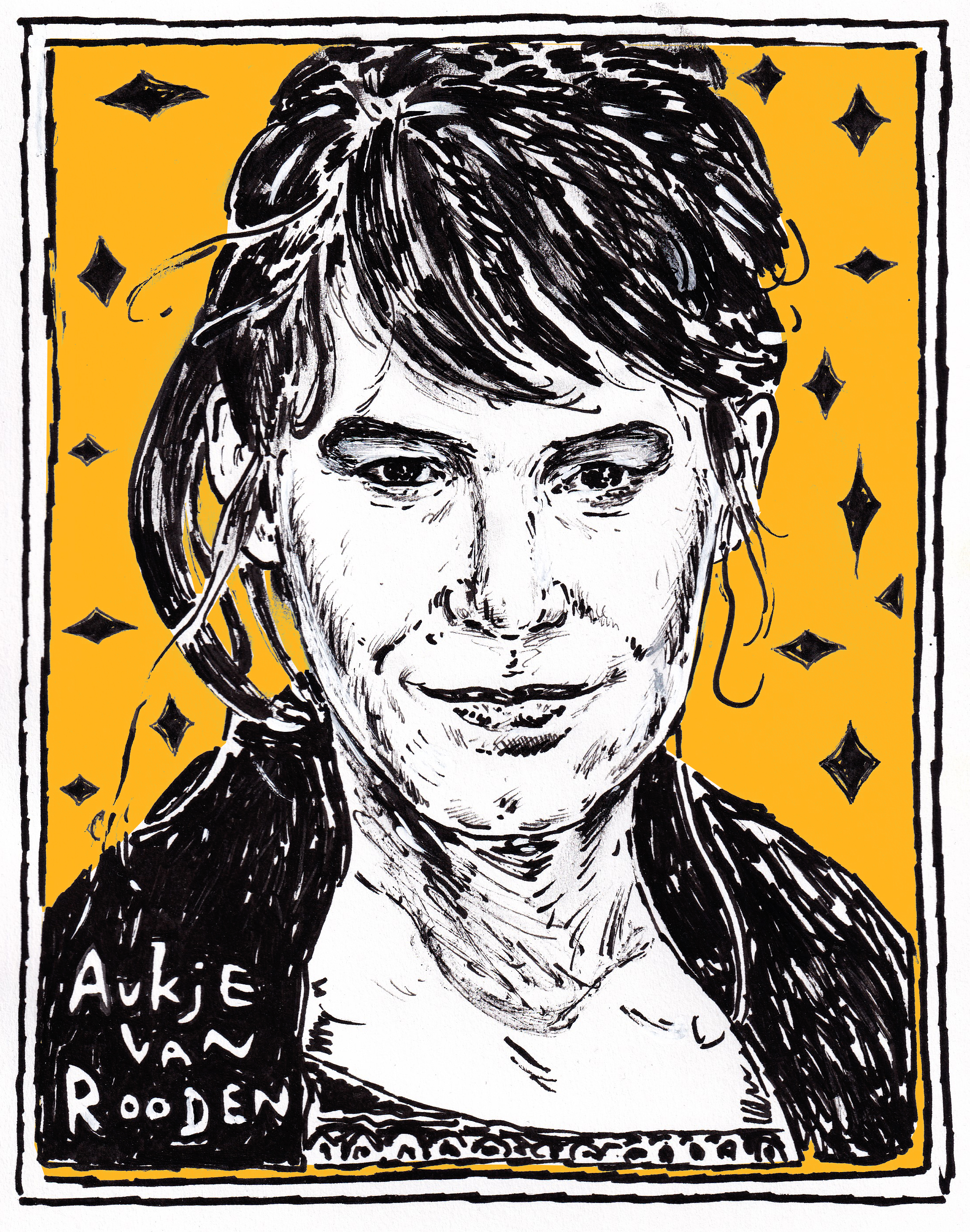Playing as Gambling
Blanchot’s Interpretation of Huizinga’s Homo Ludens
DOI:
https://doi.org/10.71265/ma1a8m69Keywords:
Blanchot, Huizinga, Play, Gambling, GamblerAbstract
Huizinga argues that true humanity emerges through play. However, the real intrigue lies in defining what kind of play epitomizes full humanity. What constitutes the quintessential form of the homo ludens? Is it the strategic chess player, the competitive footballer, the immersive stage actor, the carefree child? Can all forms of play be distilled into a singular essence? This investigation delves into Maurice Blanchot’s perspective on this matter, as outlined in his work “L’Attrait, l’horreur du jeu” in which he investigates both Huizinga’s Homo Ludens and Roger Caillois’ “Les jeux et les hommes”. He contends, though somewhat ambiguously, that the ultimate homo ludens is the gambler, someone who engages in games of chance without talent or skill. This conclusion challenges conventional notions of human capability. Blanchot contends that the essence of play lies not in marking delineated spaces and times, but in its transformative influence on these fundamental dimensions. Play disrupts the ordinary dimensions of existence, opening a dimension that connects with the limitless and the uncontrollable. The gambler, by embracing indeterminacy, uncontrollability, and uncertainty, embodies the modern human condition in its purest form. This resonates with Blanchot’s earlier exploration of literary writing as a “nonsensical game of writing”.
Downloads

Downloads
Published
Issue
Section
License
Copyright (c) 2024 Aukje van Rooden

This work is licensed under a Creative Commons Attribution 4.0 International License.


